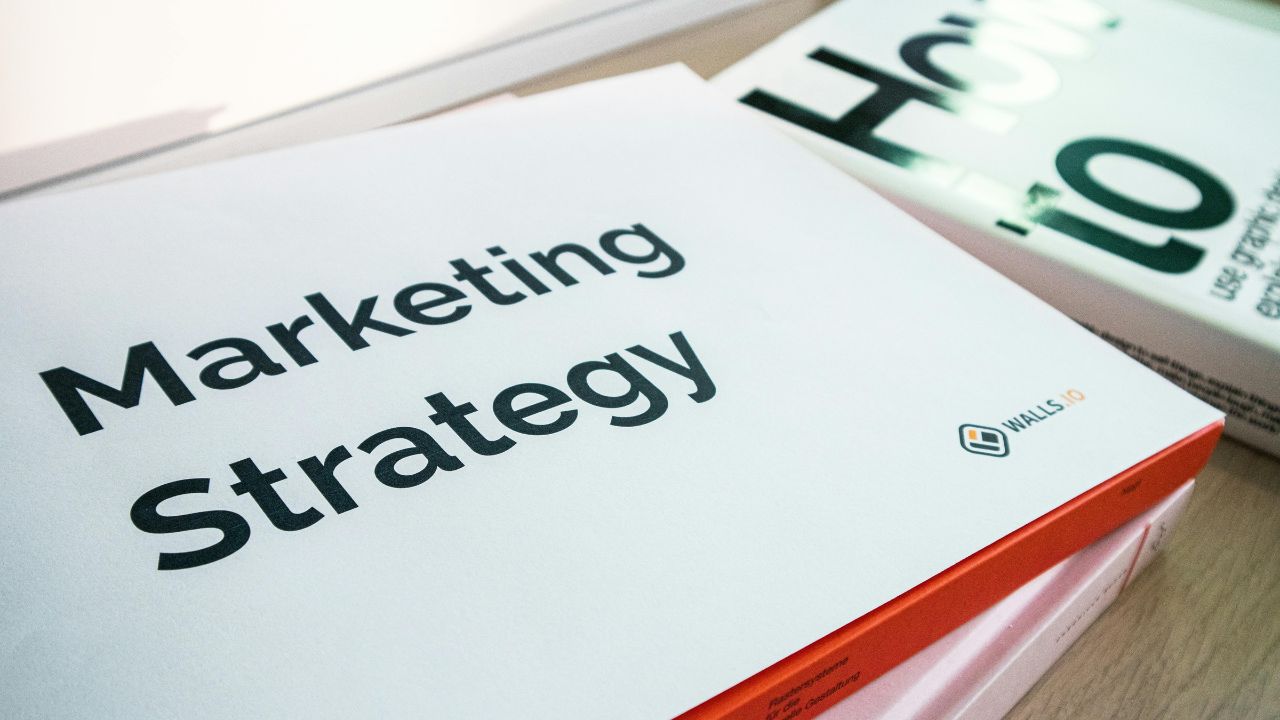An effective retail marketing strategy is the backbone of any successful retail business. A good strategy is important whether you run a small retail store or a large online shop.
It helps attract your target audience, boost conversion rates, and increase sales. By using market insights, careful execution, and regular evaluation, you can create a plan that fits your business goals. Here’s a detailed breakdown of the five steps to create a powerful, results-driven strategy.
1. Know Your Audience
Everything starts with understanding your target audience. After all, your marketing efforts will only succeed if they resonate with the people you wish to serve. Begin by identifying your potential customers—who they are, what they value, and how they shop.
How to identify your audience effectively:
- Customer Personas: Create detailed profiles that include age, gender, income level, buying habits, and lifestyle preferences. Some people in your audience may care more about price than brand name. Others may prefer to shop in physical stores to see products in person.
- Data Examination: Leverage analytics tools to analyze historical sales patterns, website traffic, email campaign engagement, and store visits.
- Feedback Collection: Conduct surveys or engage with customers directly to understand their needs and preferences.
Defining your audience not only shapes your marketing strategies but also helps allocate your budget efficiently. When you truly understand your customers, marketing becomes more personal, leading to higher engagement and improved loyalty.
2. Perfect the 4 Ps
At the heart of a good retail marketing strategy is a strong marketing mix. This includes the product, price, place, and promotion. Managing these elements effectively guarantees that your offerings reach and appeal to your desired audience.
Mastering the 4 Ps:
- Product: Your product should solve your customers’ problems or satisfy their desires. Highlight unique selling points such as quality, exclusivity, or sustainability. If you own a retail store, use eye-catching window displays. They can attract people and show off your best items.
- Price: Your pricing strategy should balance competitiveness with profitability. Offer promotions and discounts judiciously, as they can lead to increased sales without cutting into your margins significantly.
- Place: Focus on where and how your product is available to customers. For physical stores, invest in layouts that improve accessibility and ensure a seamless shopping experience. If you’re online, optimize your website for mobile shopping, a fast-loading experience, and easy checkout.
- Promotion: Use tailored marketing campaigns to grab attention. Use digital methods like email marketing, search engine ads, and social media promotions to boost visibility for your products.
A balanced approach to the 4 Ps is key for a strong retail marketing strategy. This strategy should match your business goals.
3. Choose the Right Marketing Tactics
To attract and engage your target audience, you need to employ the right types of retail marketing. A strong strategy involves a mix of online and offline methods that align with your brand and customer preferences.
Proven marketing methods to integrate:
- Email Marketing:
Email is one of the most powerful tools for nurturing relationships with customers. Perfect for promoting exclusive deals, highlighting new arrivals, and sending event invites. For example, send segmented emails based on previous purchases to deliver a personalized touch.
- Search Engine Marketing:
Leverage SEO and paid ads to boost online visibility. Using relevant keywords, like “best holiday deals in retail stores,” in your content helps drive traffic through a search engine.
- Social Media Marketing:
Platforms like Instagram, TikTok, and Facebook provide an excellent way to connect visually and authentically with users. Share behind-the-scenes videos, user-generated content, and promotions to build trust and engagement.
- Loyalty Programs:
Offering exclusive rewards through loyalty schemes, incentivizes repeat purchases. A coffee shop might give a free drink after every seven purchases. This helps build customer loyalty and brings in more people.
- Window Displays and Store Layouts:
For brick-and-mortar retail stores, the display of products can significantly impact sales. A compelling window display can stop shoppers in their tracks and bring them into your store.
Choosing a mix of the above tactics ensures you reach customers where they are—online, in-store, or even on their daily email check.
4. Create Winning Campaigns
Now it’s time to bring everything together and create impactful marketing campaigns that achieve your goals. Campaigns are an opportunity to showcase your brand and products in exciting, engaging ways.
Tips for creating memorable campaigns:
- Tell a Story:
Customers connect with brands that share meaningful stories. Highlight how you make your products, the causes your business supports, or share stories from satisfied customers.
- Seasonal Promotions:
Tie campaigns to high-traffic retail seasons, such as holiday sales or back-to-school promotions. These create urgency and attract impulse buyers.
- Multi-Channel Outreach:
Synchronize your campaigns across social media, your website, printed flyers, targeted emails, and physical stores. An integrated approach ensures consistent messaging.
- Engage Influencers:
Partner with trusted influencers in your niche to build brand awareness and introduce your products to new audiences.
Executing creative and well-timed campaigns enhances your visibility, builds stronger customer relationships, and encourages immediate action from your potential customers.
5. Measure and Optimize
The final step in an effective retail marketing strategy is assessing performance and making necessary adjustments. The retail world moves quickly, so staying adaptable is key to maintaining your competitive edge.
Track essential metrics:
- Conversion Rates:
Check the percentage of visitors who do what you want. This includes completing a purchase or signing up for a loyalty program.
- Customer Retention:
Evaluate the success of your loyalty programs in encouraging repeat business.
- Brand Awareness:
Use social media analytics to gauge the reach and effectiveness of marketing posts and campaigns.
Constantly reviewing these metrics will identify what works best for your brand and what needs improvement. From there, refine your marketing efforts to make them even more efficient.
Why a Strategy Matters
A good retail marketing strategy does more than boost sales. It builds trust and keeps your business relevant in a competitive market. Combining great in-store experiences with digital methods is important.
Eye-catching window displays attract customers. Using search ads and email marketing helps reach more people. This creates a balanced strategy. A good strategy attracts new customers while keeping existing ones loyal to your brand.
Start Building Your Plan Today
Whether you run a local store or manage a global chain, the right strategy keeps you ahead of changing customer needs and market trends. If you’re looking for expert guidance, Marketing Immersion can help! We specialize in crafting data-driven solutions tailored specifically to your business. Reach out today to boost your brand awareness, secure higher engagement, and drive meaningful growth!






